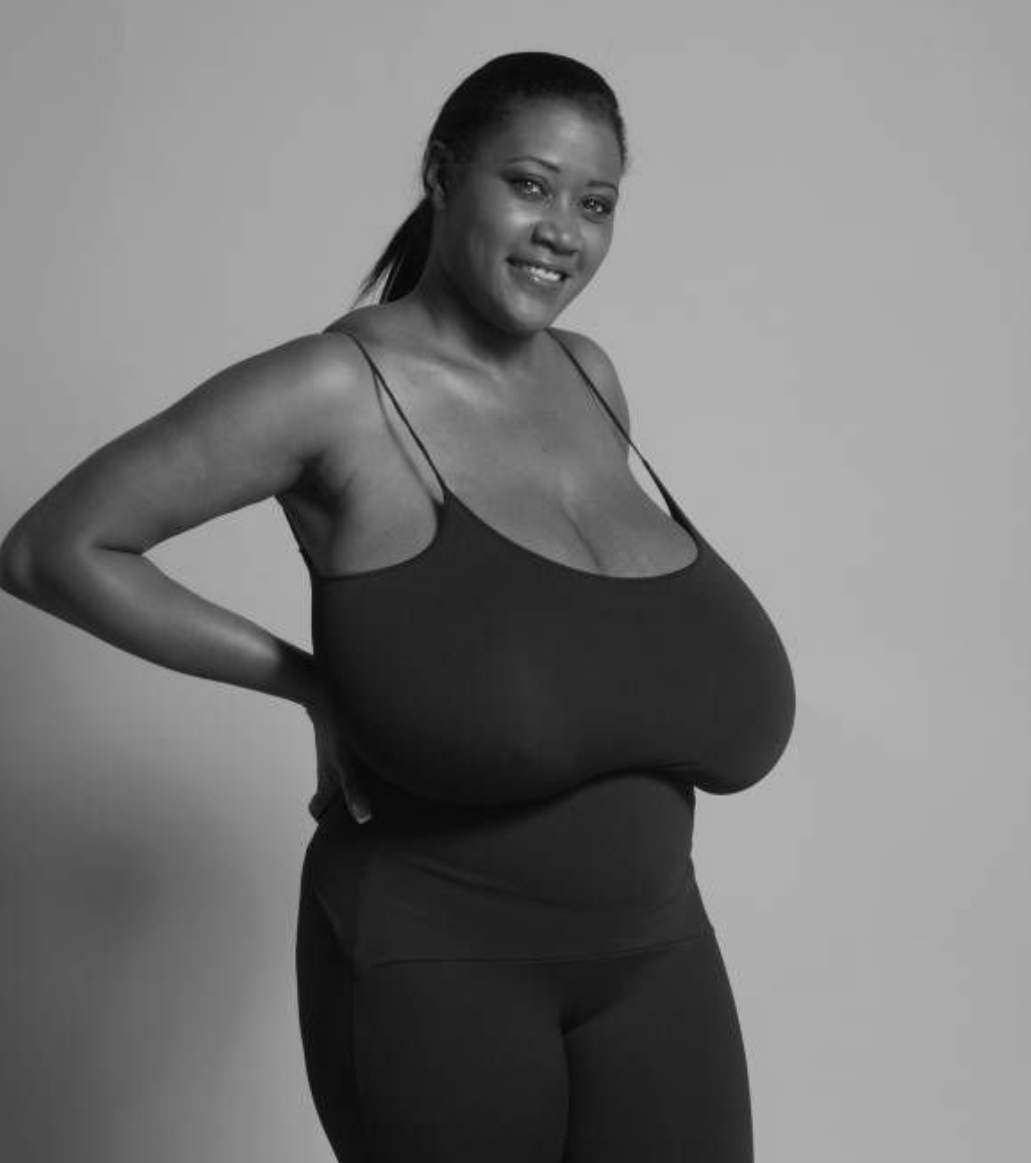Gigantomastia is a rare condition where a woman’s breasts grow abnormally large, causing pain, difficulty moving, and other health problems.
Mary remembers having normal breasts as a child. They
developed as expected in her early teens, but they did not stop growing. What
was always a natural part of her femininity and pride soon became a burden.
By her 20s, she could no longer stand for long without her
back aching. She stopped playing sports. Sleep became a complicated process of
propping herself up with pillows to ease the weight on her chest.
“It has taken a
significant toll on my mental health, contributing to persistent feelings of
sadness, anxiety and low self-worth, and also declining my overall quality of
life,” she told researchers.
Mary is one of 30 women who shared their experiences in the
first Kenyan study on gigantomastia, published in June in the African Journal of Emerging Issues.
Gigantomastia is a rare condition where a woman’s breasts
grow abnormally large, causing pain, difficulty moving, and other health
problems.
The research conducted by Tangaza University’s Lucinda
Gitura and colleagues Dr Sahaya Selvam and Dr Phyllis Muraya, explored how this
rare condition affects women’s physical, psychological, and social well-being,
and why it deserves urgent public health attention.
The authors said that tackling gigantomastia will require far
more than medical intervention. They call for public awareness campaigns to
educate communities and reduce stigma, for healthcare providers to be trained
on the psychological and social dimensions of the condition, and for the
establishment of specialised counselling services.
They also urged policymakers to ensure that surgical and
supportive treatments are covered by the Social Health Authority.
Their study reveals that gigantomastia’s harm comes from a
combination of physical pain, emotional strain, and social judgment.
All participants described heavy breasts that altered
posture, restricted movement, and caused constant pain.
For Mary, the
backaches grew so severe that they spread to her legs. Another woman gave a
similar experience: “I was diagnosed with back pain, which later migrated and
affected my right leg, making it so painful and at times I experienced
numbness.”
Physical activity became difficult, with many avoiding
running, exercise, or even walking long distances due to exhaustion and
breathing difficulties. Simple acts like finding a bra became costly challenges, with one participant reporting having spent nearly Sh100,000 a year to import
supportive undergarments.
The study says many women said they felt disproportionate,
with the upper body appearing much larger than the lower, leading to low
self-esteem.
Some were so overwhelmed by their appearance that they
imagined extreme measures to be rid of their breasts. “I remember there was a
time I even said I would want to have cancer, and they cut off my breasts
because I did not like them,” one participant confessed.
Rumours were rife, often tied to damaging moral assumptions.
One participant recalled being told, “You have aborted, that’s why your boobs
are like that, she is always with men, and men are always touching her.”
There is no verified, population-based prevalence data for
gigantomastia in Kenya. Dr Were Onyino,
a plastic surgery resident at the University of Nairobi, was recently quoted as saying that “one in 10 women could be suffering from the condition”. But this
is an informal clinical estimate not grounded in population-based research.
Globally, gestational gigantomastia (which occurs during
pregnancy) is understood to be rare, with an incidence ranging from about one
in 28,000 to one in 100,000 pregnancies. Juvenile cases (those arising outside
pregnancy) are even less common.
While the exact cause of gigantomastia is unknown,
researchers suspect heightened hormonal sensitivity to estrogen, progesterone,
or prolactin.
Lead author Lucinda Gitura said: “The absence of awareness
and specialised support services in Kenya… exacerbates the mental health
impact.”
The Tangaza research team used a qualitative approach
grounded in phenomenology to capture women’s lived experiences. They recruited
30 women in Nairobi County aged 18–35 through snowball sampling. Each was
interviewed virtually for up to 30 minutes.
The study is titled “Exploration of Physical, Psychologicaland Social Effects of Gigantomastia on the Mental Health of Women In NairobiCounty, Kenya.”
The World Health Organization (WHO) has no specific
treatment guidelines for the condition.
But globally, gigantomastia is most effectively managed
through breast reduction surgery. In rare pregnancy-related cases, medical
management such as bromocriptine may be attempted first, though surgery often
becomes necessary if symptoms worsen or do not regress.
The authors said solutions must be holistic, addressing the
physical, psychological, and societal burdens together.
They also said there is no “right” breast size because size
and weight vary widely among women depending on body, genetics, and age.
A healthy breast weight is simply one that does not cause
pain, discomfort, or health problems for the woman, they said.
